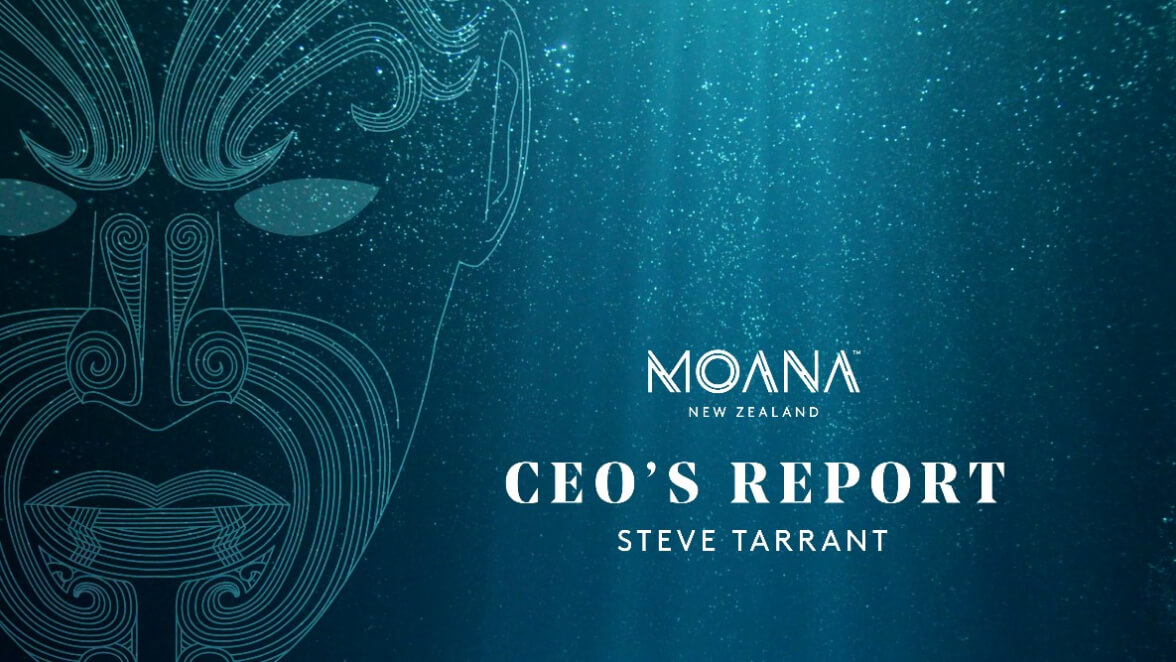
Chairperson’s report
— Tā te tiamana pūrongo
The secret sauce in our recipe for success is our people. They are our greatest asset.
Today’s economy and operating environment is challenging, with inflation, supply chain pressures, and labour shortages combining to create the perfect storm. In spite of this, the Board of Directors is pleased to declare a dividend of $4.804m for the 2021/2022 financial year.
The Board wishes to congratulate the Moana kaimahi for the outstanding effort that has gone in over the past year to deliver a result that is 22% above plan. The loyalty and tireless work that goes into Moana for and on behalf of Iwi is outstanding and for this we are exceptionally grateful. Thank you for the mahi you put in every day to make sure Moana is the success that it is.
We acknowledge the significant headwinds faced by Sealord this year. Adverse biological events at Petuna’s Rowella salmon farm and King Reef barramundi farm in Northern Queensland, labour shortages and two vessel breakdowns in the middle of Hoki season have had a significant adverse impact on earnings for the year.
We recognise the extraordinary effort from all the Sealord team that has gone in to mitigate these headwinds, not least of all, having all staff taking shifts and assisting on the factory floor, above and beyond their usual roles.
Tēnā koutou katoa, ko Rachel Taulelei tōku ingoa. It's my pleasure to share with you our annual report for 2022.
This year was not what we would call an easy one, but there have definitely been highlights, not least of which as this year we commence an Associate Director programme with two future leaders joining our Board this year. Ngarimu Parata and Linda Grave. We are exceptionally lucky to have these two bright lights join our ranks.
Sadly however, we also have had a number of Directors who reached their full term during the year. Firstly, Hinerangi Raumati, who not only served her full term but also incredibly ably led the Board as Chair during her final two years.
In addition, Jason Witehira, Alan Gourdie, Tony Hannon and Liz Ward. We thank you for your incredible dedication and support for the aspirations of Moana.
To our newest members, I’d like to welcome Dylan Lawrence and Paki Rawiri as first-time members of the Board and Jamie Tuuta as he re-joins the Board after a two-year hiatus.
This past financial year has been full of challenges, and this coming year will likely be no easier. To be able to extend a dividend to you all has been no small feat, but we are very happy to have done so.
To our Moana whānau whānui, you have worked tirelessly on behalf of iwi to deliver a positive result under trying conditions. Ngā mihi kia koutou katoa. We never underestimate how hard every single person in the company works to reach this place, and for that we are exceptionally grateful. Thank you for the hard work you put in every day to make sure that Moana is the success that it is.
This year marked 30 years since the signing of the deed of settlement, an auspicious occasion worthy of celebration. Over the past 30 years, Moana has built up a strong portfolio with premium products we can all be proud of, and we focus on providing balance to insulate us from inevitable future market shocks and economic hits.
As I shared in my presentation at the 30-year celebration, we are magic because of our DNA, and our strength will come from our unity. We will always be in the business of fishing, so it’s incumbent on us, Moana, to provide value to ensure that fishing and we remain relevant to you. That we provide real benefit.
We want to continue delivering beyond a dividend to make an economic difference but even more so to enable and support mana motuhake.
On behalf of the Board, I thank you for your continued support and look forward to a prosperous 2023.
Kia ora koutou.
I wish to make special mention and thank Hinerangi Raumati, Alan Gourdie, Jason Witehira, Liz Ward and Tony Hannon who this year retired from the Moana New Zealand Board. Thank you all for your valuable contributions, particularly Hinerangi who led as Chair for the final two years of her term.
Welcome to the new members of our Board, Dylan Lawrence and Paki Rawiri, and we welcome back Jamie Tuuta who re-joined the Board this year.
We are very proud to have introduced an Associate Director Programme this year, as our way of developing emerging Māori expertise and fostering governance capabilities. This is just one of the ways we are helping to shape the future of the kaimoana sector, Māori economy and providing meaningful opportunities for tomorrow’s leaders.
The first of our future leaders appointed as Associate Directors are Ngarimu Parata (Ngāti Porou, Ngāi Tahu) and Linda Grave (Whakatōhea).
Last but certainly not least, to the Board, thank you for the important role you play in serving Iwi through corporate governance of Moana New Zealand.

Rachel Taulelei
Director, Chair of the Board
Chief Executive’s report
— Tā te tumuaki arotake
I would like to begin with acknowledging ourMoana kaimahi.
We have had another year of significant external pressures and the resilience our people have shown has been truly humbling. The commitment and dedication our people bring to work every day to ensure we continue to deliver on our goals makes me extremely proud.
Moana exists to provide value to our shareholders, so I am pleased to report a better than Plan performance for FY22. Moana operating earnings before tax and interest of $11.879m (2021: $14.540m) were up on Plan by 22%, although down 18% on the prior year. While Covid19 continued to disrupt our business from both an operational and market perspective (particularly in China which continues to have zero tolerance for the virus, with even small outbreaks causing widespread lockdowns), additionally the emergence of global inflation and ongoing staff shortages across our business have created a challenging business landscape. We have been able to navigate these headwinds with a continued strong demand for our premium kaimoana and kai ora, strong sales channels along with the benefit of our diversified portfolio.
Tēnā koutou katoa, Steve Tarrant here, Chief Executive Officer of Moana New Zealand.
Welcome to our Annual Report for 2022 and what a year it has been for all of us.
The theme for our annual report recognises the value we place in our people. The famous whakatauki “He aha o te mea nui o tea ao? He tangata, he tangata, he tangata” speaks to the importance of our people. Relationships, partnerships and aligns to the values that are an integral part of what makes Moana New Zealand such a special business.
To provide value to our shareholders is why Moana exists, so it's very pleasing to report a better than planned performance for the year that has been.
One of our key focuses is strengthening our relationships with our shareholders and remain fully committed to providing unique and bespoke opportunities to enable your own success at the same time as solidifying the Moana business in the future.
In today's world of instant information, increasing innovation and automation, sometimes the critical value of good people can be forgotten. However, recent times have shown us this will never be the case, so moving into the future, striking the right balance will be a key driver to the ongoing success of Moana New Zealand.
In this annual report, we share with you some of our innovation investments which we see as an opportunity to free up our people, to provide them with additional skills. You can read more about this under Our Product section of this report.
So, let's take a moment to reflect on the year that has been. Firstly, I would like to congratulate our people for their resilience which has enabled us to deliver a solid positive result to our shareholders on the back of what has been another incredibly challenging year. To deliver a result which is 22% above planned in the face of adversity is something to be celebrated. Our people are what make Moana New Zealand special, and I feel very privileged to lead and work alongside such a dedicated group of individuals.
Inflation around the globe and here at home, severe labour shortages, and the continued disruption from the Covid19 pandemic combine to create a very challenging business landscape. We have managed to navigate and mitigate these headwinds mainly due to our diverse portfolio, premium product and our people's mahi.
I would like to give a special mention to our Pāua Kahurangi team. This business has struggled to transition from an RnD model to a fully commercial operation.
In 2021, we undertook a stabilisation project to solidify the business. Stabilisation model has proved a success, and as such, the business unit will report positive earnings for the first time.
Post the filming of this message, we will have officially opened our Nelson based tio hatchery and completed our first commercial spat run. Iwi are now at the forefront of innovation within the tio industry of Aotearoa and are the only end to end producers of Pacific oysters. The investment we have made in this part of the business will ensure a steady supply of spat to support our future growth aspirations. This will also provide a unique opportunity for rangatahi to get involved in innovation and science through our breeding and grow out programmes.
Another way we are supporting rangatahi is through our scholarship programme, Te Pae Tawhiti. Applications are now open for 2022/23, so if you know of anyone working towards supporting the Māori fisheries industry, point them in the direction of our website for an application form.
Lastly, I take this opportunity to thank you for your continued support. We have a unique and special business and one to be very proud of. With the support of my amazing leadership team, I look forward to continuing to serve you and guiding the Moana waka into the future.
Tēnā koutou, tēnā koutou, kia ora, huihui mai, anō tātou katoa.
From a Plan perspective pāua tūwā me te kai ora, pāua kahurangi and kōura exceeded Plan, ika was slightly behind (down 4%) while tio only achieved 56% of Plan. The reasons for tio underperformance are discussed more fully below but are largely attributable to significant staff shortages across our farming operation which resulted in lower than Plan harvest volumes.
In comparison to last year, specie unit earnings are also similar or better with the exception of our kōura earnings through the Port Nicholson Fisheries partnership. As discussed below this earning stream is down nearly $2m on last year’s earnings which mainly reflects timing of the rebound in earnings post the emergence of Covid19 in January 2020.
Pāua tūwā me te kai ora earnings not only exceeded Plan by 16% but were also up 18% on prior year earnings. The year-on-year improvement includes a significant rebound in market pricing for our canned format (while the Plan anticipated a recovery, price realisation was even higher), while both pricing and volumes for our live exports exceeded the FY22 Plan.
We reported last year that the decision made in 2021 to shift from a growth model to a stabilisation model for our pāua kahurangi business has proven beneficial with a near breakeven earnings in FY21.
In the current year we have a positive earnings contribution from pāua kahurangi, the first time this has been achieved since the business was acquired.
Our net profit after tax (excluding our 50% share of Sealord earnings) for the year was ahead of Plan by 25%, but down 23% on last year’s outcome. We look forward to continuing to work with Iwi in 2023 and beyond to realise their kaimoana aspirations.

Steve Tarrant
Chief Executive OfficerPeople and Culture
2022 has been a year like no other, with the unemployment rate at an all-time low of 3.3%, Aotearoa is in the midst of an unprecedented workforce crisis and Moana New Zealand is no exception.
The continued labour shortages and disruptions resulting from Covid19, and economic challenges has been felt across the group, with all business units operating with reduced headcount during this reporting period.
Our managers and teams have had to remain agile, flexible, and resilient during this time. We remain vigilant and focused on our people’s safety, wellbeing, and health as we face these headwinds together, recognising the challenges we face will continue for some time yet.

Our people have shown that challenges make us stronger. We know we must continue to push the boundaries, innovate, and harness the power of the collective and explore new ways of working, attracting, and retaining talent, and looking after our people our way. Throughout this period, we have been actively seeking and delivering new initiatives to support our people.
There is more work to be done, and our ability to navigate these unprecedented times is in large thanks to the huge effort of our frontline kaimahi, whose unwavering commitment to our farms, factories, harvest and operations has enabled us to continue to deliver for Moana and therefore Iwi.
We are immensely proud of our people. We remain absolutely committed to supporting our kaimahi by building environments where our people can thrive and provide opportunities for upskilling and growth. This year considerable effort has been invested into constructing and launching a training and development programme and initial uptake has been pleasing. You can read more about this and other key initiatives within the Our People section of this report.
Safety and Wellbeing
While Covid19 dominated our health response for large periods of the year, the team remained committed and focussed on our safety and wellbeing initiatives.
We remain steadfast and still firmly believe in our risk management focus areas. These are our critical risk (less frequent events with more severe consequences) and risk focus (more frequent events but less severe consequences) areas of our business.
Whilst not so single-minded that we do not recognise the risks in our peripheral vision we believe that changing our focus for the sake of change will not pay the safety dividends we need as an organisation. Acknowledging and understanding our risks and where attention needs to lie is the core of our improvement plan.
Participation in reporting is showing a wider spread with it becoming quite the ‘norm’ to report – the good, not so good or just what people are seeing. With over 1,400 events recorded 75% of these were great catches or observations. Of these observations 42% were focussing on our risk management programme – critical risk and risk focus areas. Our personal harm events were reduced by 30% with 80% resulting in either no treatment or first aid only.
Our leadership engagements continue to grow and after a couple of false starts caused by Covid19 lockdowns and travel restrictions, our Directors are back on the road continuing their health and safety visits.
Our leaders had over 1,560 direct engagements and participation regarding safety and wellbeing including observations, health and safety meetings or both.
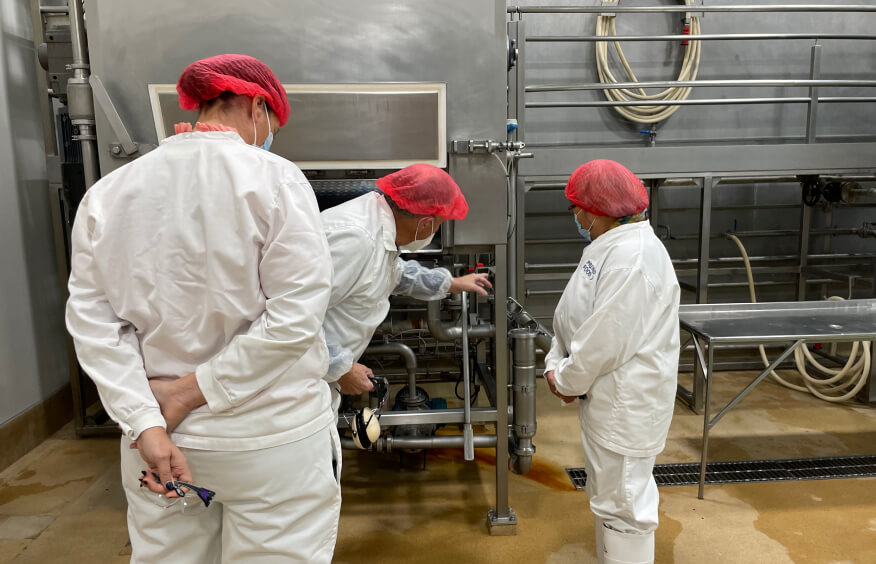
We conducted our second wellbeing survey this year with 72% of our kaimahi participating. Our overall wellbeing is good with 65-75% of participants rated ‘pretty good or absolutely yes’ for their wellbeing dimensions – being:
- Ahumoni (financial)
- Pāpori (social/community)
- Ahurea Tuakiri (cultural identity)
- Hinengaro (mind)
- Whānau (family)
- Wairua (spiritual)
- Taiao (nature)
- Tinana (physical)
We heard that our people have strong spiritual and cultural identity dimensions; the majority of our people know what we need to do to be physically healthy; knowing we can talk to our manager/teammates about our wellbeing is either important or very important to us and >90% of us agree or strongly agree that we can do so; >85% of our people feel connected to their teammates and 90% of our people feel they have someone to talk to within Moana if they’re struggling.
Ika
The inshore fishing, processing, and sales division finished the year slightly down on plan. This was a satisfactory result as the team faced ongoing challenges with increasing operational costs, staff shortages, and supply chain disruptions impacting results.
Despite these challenges demand for our products remained strong through the year with overall sales exceeding Plan by 3%. Our key fresh chilled product customers remained loyal in domestic and export channels enabling us to achieve better than Plan pricing levels. Frozen products were significantly disrupted by container shortages, delays at destination ports, and high global holding stocks impacting prices.
Once again, we rely heavily on our contract fishers to deliver the weekly volumes of fish and quality we require, and they have done an amazing job for us as compliance costs continue to increase. This year we supported our contract fishers with a fuel subsidy, and we continue to explore other initiatives to assist. Overall volumes landed were ahead of Plan for the year despite some individual species down on Plan.

Investment in technology continued during the year with the commissioning of a state-of-the-art Valka Water-Jet Pin-boning machine, delivering savings that will ensure production costs into the future will be minimised. Continuous improvement is a key goal for the team and further investments in the coming year will ensure our operations will continue to remain efficient and support satisfactory results.
Partnerships are a key part of our business model and we have continued to seek opportunities to collaborate and improve returns with strategic partnerships. We look forward to key outcomes being executed early next year.
More is being asked of us each year to prove our social responsibility as a business but equally within the environment we operate in, and management has integrated sustainability fully into our business decisions. Whether a focus on lightening our bottom contact methods, introducing bio-degradable packaging, reducing our carbon footprint, or as active participants on fishery forums, these initiatives have continued throughout the year and will into the future.
The full year result while almost on Plan is about the resilience and tenacity of our people who we acknowledge for their effort this year in the face of ongoing challenges. These qualities assist us to explore opportunities in front of us as we look forward to the year ahead.
Kōura
Moana’s partnership in Port Nicholson Fisheries (PNF), a pan-Iwi business solely focused on kōura supply chain and live exports, continues to generate positive earnings finishing the year 17% or $1.7 million ahead of Plan.
This result is particularly pleasing as market closures have been the "norm" over the past 12 months.
Live export sale prices have been quite resilient and maintained prices ahead of last year due to the ongoing challenges of import restrictions for Australian lobster into China continuing and market closures due to China’s zero policy on Covid19.
Increasing collaboration across our supply chain is creating benefits in reduced value of mortality claims by customers, reduced freight costs from Chathams Islands and an increased proportion of landed fish being exported, where 98% was achieved for the year compared to the Plan of 94%.
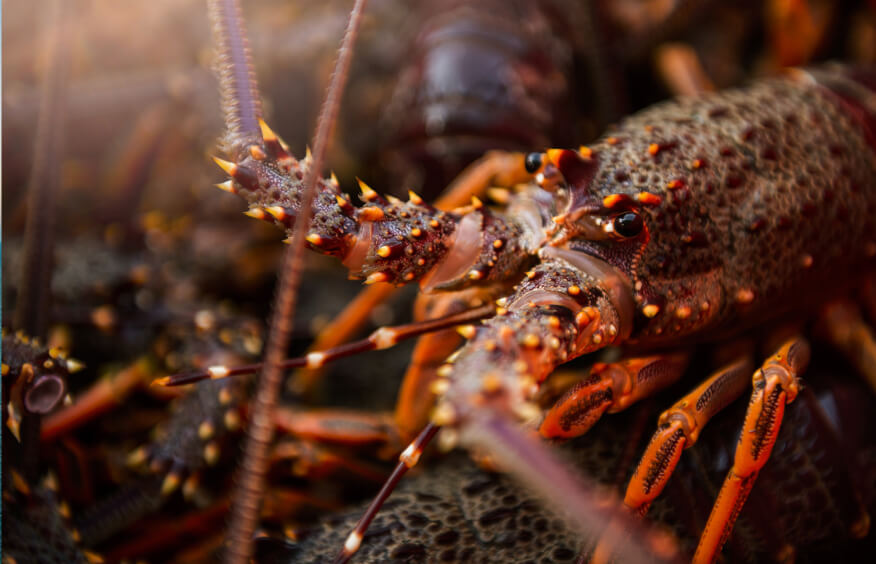
As a key contributor to CRA fisheries forums, Moana maintains a careful watch on all information and discussions to ensure management plans and actions are effective and decisions made are in the best interests of the resource. Currently CRA3 is still experiencing difficulties and will likely see a further TACC cut in FY23.
PNF continues to explore new innovative technology to improve quality systems and also alternative product forms further up the value chain that seek to increase returns.
During the year PNF underwent a review of its operating structures and as a result reduced its Board numbers from eight Directors to four.
Pāua Tūwā
Canned pāua finished the year on Plan, despite shipping patterns shifting as buyers tried to alleviate shipping and arrival port delays and bought product earlier than usual. Pricing lifted over the previous year as our key markets started to recover.
Live pāua sales exceeded Plan by 41%, despite several airport disruptions in China through the year. South African farmed product was putting downward pressure on Moana achieving desired pricing for FY21. However, they have improved their pricing this year, enabling us to achieve above Plan pricing on live.
During the year the Harvest and Supply team went through a restructure process to improve role clarity and ensure processing requirements were embedded for future growth.
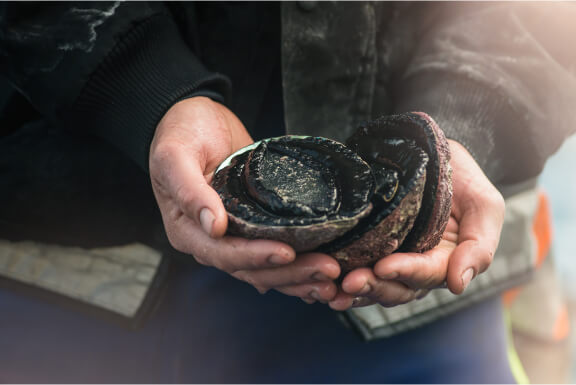
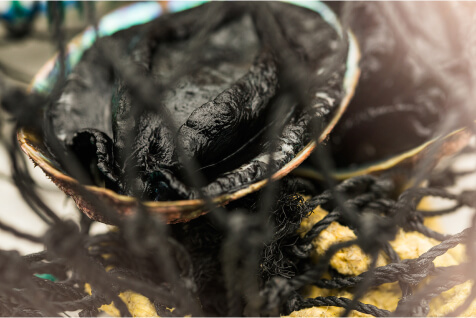
Lower than Plan Individually Quick Frozen (IQF) volumes were experienced due to the China import authority’s tough stance on Covid19 testing of product and packaging and buyer’s unwillingness to risk delays or losses. Product was diverted to live and canned options.
Pāua Kahurangi
Sales of pāua kahurangi exceeded plan by 36% with more frozen sales than plan domestically and export live ahead by 44%.
Intermittent airport closures in China meant sales were sporadic at times, but we have established a consistent year-round demand for this product live into China. The domestic market is stronger on frozen, but again consistent demand is established.
In 2021 this business unit shifted from a growth model to a stabilisation model, which included changing the way we farm pāua. Previously grown in long flat trays, a new tub system was introduced. It was pleasing to see the gain in efficiencies and the significant increase in growth rates since shifting farming practices to the new tub system. The team are now looking at additional ways to fully maximise this method.
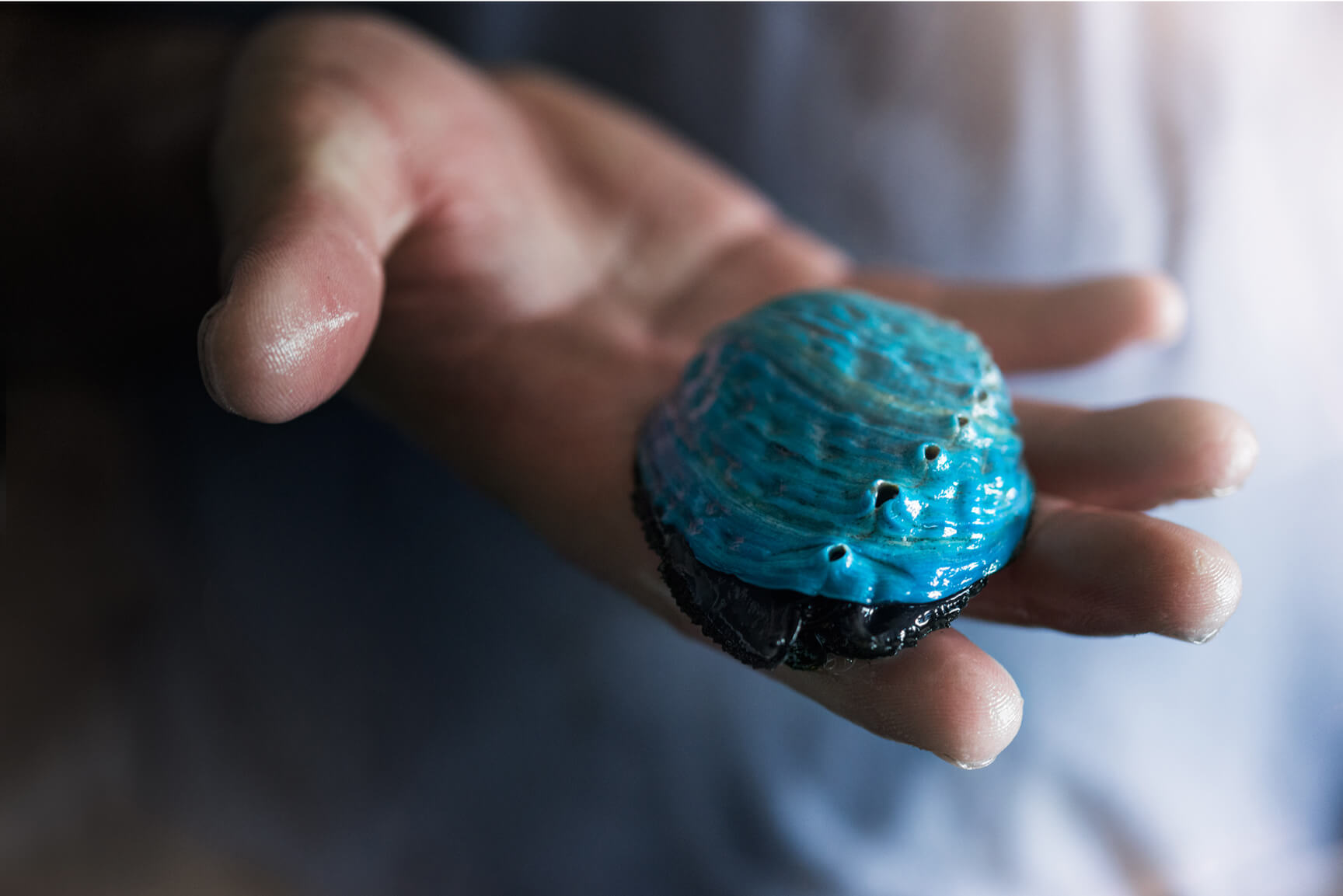
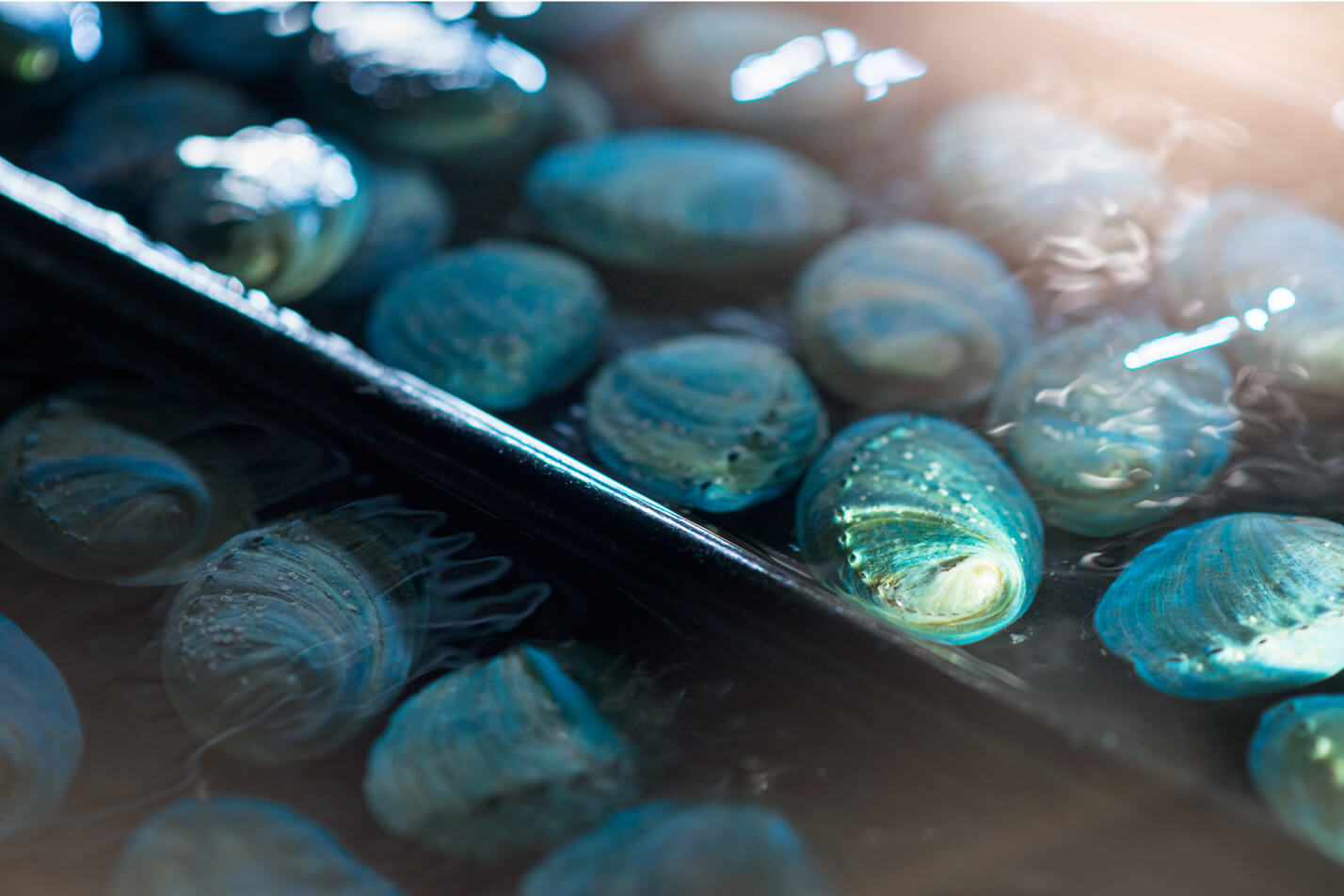
Kai Ora
Kai ora revenues closed slightly ahead of Plan and the year was characterised by strong Australian Defence Force sales and the launch of two new retail kai ora ranges.
This year we commenced two social assistance programmes centred on kai ora meal provision to families struggling with Covid19 lockdowns and subsequently, New Zealand’s tough domestic economic circumstances.
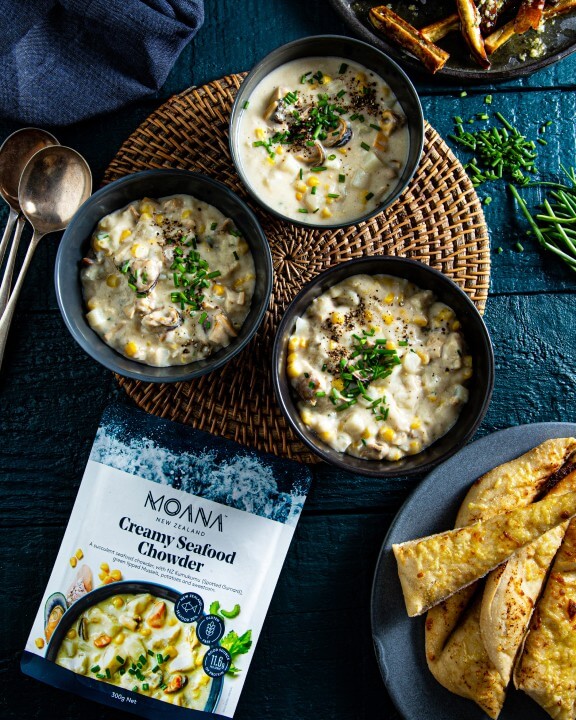
Volume compressed into quarter four of FY21 and quarter one of FY22 as a result. We also experienced a lack of humanitarian sales as the countries that fund such work become more insular through Covid19 and channeled funding toward support of domestic lockdown issues.
Delays were incurred on our retail ready-to-eat product launch as initial sensory research identified that certain recipes needed more development. However, some hard work by our entire team saw two ranges launched prior to year's end.
Tio
Harvest and production volume shortfalls impacted sales revenues, but via the support of high value and margin markets such as New Zealand chilled and China live, we minimised the impact.
China live revenues closed the year 16% above Plan, and New Zealand chilled half-shell revenues were ahead of plan by 61% due to allocating to highest margin markets to offset as much of the volume shortage as possible. As a consequence our frozen half shell channel took the brunt of lower harvest volumes.
Russia sales started strongly, but our Board and Management elected to withdraw immediately from this market post the invasion of Ukraine. We ceased sales months before sanctions were imposed. However, as a consequence, live sales in total did not meet plan, despite China’s performance.

The tio transformation project has continued and is around 65% complete. 86 hectares of farm have had the old timber rack structures removed across three of our growing areas (Whangaroa, Coromandel and Parengarenga) and have been replaced with over 340 long-lines of floating tio baskets. You can read more about this project under the True Connection section of this report.
We are also pleased to have officially opened Kirikiritātangi, our state-of-the-art tio hatchery and an integral part of the solution to meet our growth aspirations.
The first commercial run is due to take place in December this year and when running at full capacity, Kirikiritātangi has more than enough capacity to meet our goal of 1.65 million dozen oysters by 2027.
Sealord
Adverse biological events, labour shortages, fuel cost increases and vessel breakdowns in the middle of Hoki season have had a significant adverse impact on earnings for the year.
Sealord sold 70,104MT for the year, which was 2.1% ahead of plan but was 4.4% behind last year. This translated into sales of NZD 462 million, slightly ahead of plan and 1.2% ahead of last year.
Gross profit dollars (at standard) was significantly positive to plan coming in ahead by 15.5%, driven by positive pricing in both fishing and aquaculture. Unfortunately, that was where the good news finished and adverse operational variances more than offset these positives in the P&L.
In short the FY22 result has been dominated by:
-
Adverse biological events in our aquaculture business with both Petuna and Sealord King Reef
having significantly higher fish mortality than normal.
- For Petuna that cause was a spike in water temperature at the Rowella Farm.
- At King Reef it was the outbreak of a virus in the pond system.
-
Adverse operational variances across the board in the fishing business including:
- Significant increases in its cost base above plan, in particular record high fuel pricing driven by the war between Ukraine and Russia.
- Downsides in days at sea for vessels. The FV Rehua had a breakdown during hoki season, which resulted in a four week period at the wharf.
- Lack of labour for hoki season in wetfish with over 250 vacancies unable to be filled.
Disappointingly, the combination of all these factors resulted in a NPAT (Net Profit After Tax) result of NZD 6.7 million vs. plan of NZD 18.8 million, (-64%). The upside to be taken from this result is that it was a positive number, as for a period there was a significant risk that this number would be negative for the year. Strong pricing by the sales team in export and aquaculture combined with an excellent supply chain performance in the last month clearing containers gave Sealord unforecasted upsides.
Positively, despite continuing global supply chain issues, the sales team managed to drive inventory down to normal pre-COVID-19 levels, which was a targeted objective for the year. All the overhang of inventory due to COVID-19 has now been cleared.
This lead to positive cash generation with NZD 68.2 million coming from operations against a plan of NZD 46.6 million. In times of low profit, cash generation is critically important so this was a pleasing result for the year.
As we head into FY23 it is clear that the seafood industry and within that, deepsea fishing, remains facing incredibly challenging conditions. Global markets are facing double digit inflation, soaring energy prices and forecasts of recessions to come. Our aquaculture businesses are focused on rebuilding their lost fish biomass and doing all they can to put in mitigation plans to prevent or minimise the impacts of future climate change and virus outbreaks. We are immensely proud of our partnership with Nissui and look forward to continuing to work with them in the growth and development of Sealord.
Outlook
After a turbulent last 12 months with the ongoing disruption caused by Covid19, the emergence of global inflation in the second half, along with a very tight labour market, we face a very challenging business environment for the coming 12 months and beyond.
As mentioned last year, we remain confident that the ‘new normal’ can be navigated drawing on the strength of our diversified portfolio; strong leadership; supplier, shareholder and customer relationships; and strength of demand for our kai moana.
While some costs can be passed on to customers, the widespread and significant input cost increases means there will be limits to which these can be absorbed without affecting demand. The benefits of our diversified portfolio of premium products and channels and our proven agility will be critical to delivering a stable, if not improved earnings before tax and interest over the 2023 financial year. Unfortunately, this will be eroded by a higher interest expense as central banks increase interest costs to get inflation under control, and higher tax expense which reflects lower imputation credits received on Sealord’s dividend payment in December 2022.
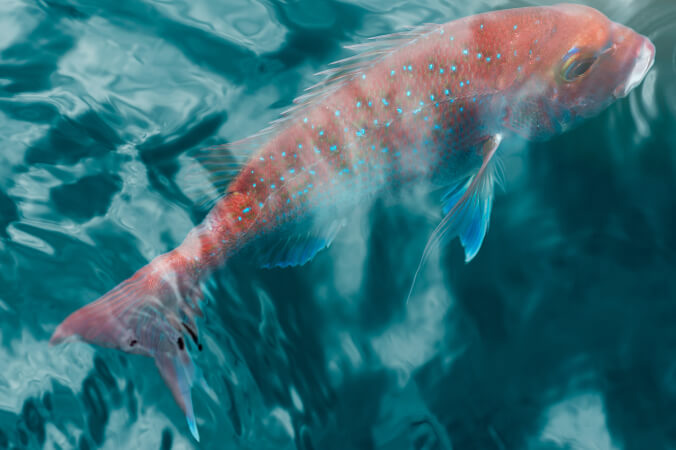
Ika
For ika there has been a further TACC cut to one of the key inshore stocks (east coast tarakihi) and our contract fishers continue to face significant fuel cost increases which may not abate for some time. We are assisting by increasing port prices. While demand remains strong at this stage in our key domestic and Australian markets, the premium space we operate in is likely seen as discretionary spend which faces heightened risk of reduced demand and / or substitution for cheaper sources of protein in an inflationary environment.
Pāua Tūwā
For pāua tūwā we expect to achieve a small improvement in pricing for our canned format, where a significant proportion of demand and sales is for Chinese New Year (CNY). We plan to continue the growth of live which is subject to disruption caused by the number and duration of Covid19 lockdowns in China. While we are only targeting a modest increase in kai ora pouch volumes, there is a switch from toll packing to higher margin defence force and Moana branded products.
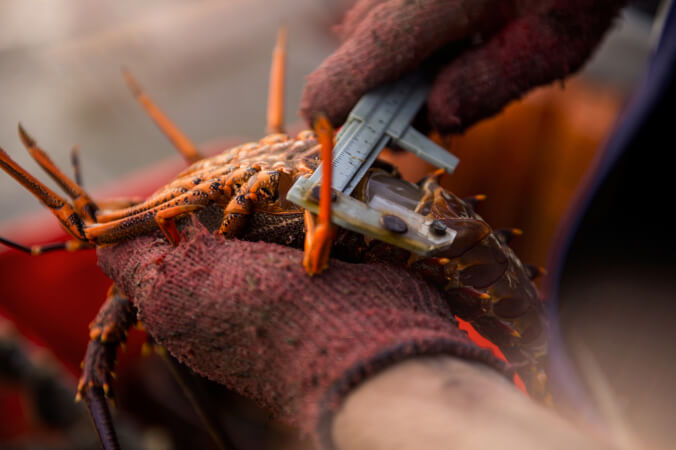
Kōura
While our kōura earnings continue to benefit from the political tension between Australia and China, the continued blockage of direct Australian exports into China is not guaranteed. Due to both timing of the recognition of income from Port Nicholson Fisheries and a cautious assumption on price and margin realisation, we have planned for the Moana share of earnings to be down by 10% in FY23.
Pāua Kahurangi
For pāua kahurangi the coming 12 months will continue to be focused on delivering steady earnings through continuous offtake and sales, building on the success of the previous 12 months. Similar to live pāua tūwā, there is ongoing risk of disruption caused by Covid19 responses in China where all live exports are destined.
The operational focus for tio is for the new hatchery to deliver commercial volumes of spat and to continue rolling out the tio transformation project. With strong demand, the challenge will be labour, to ensure volume and size cascade to maximise value. Attracting staff to our farms is proving extremely challenging and is more than the level of pay being offered.
In addition to the financial outcomes, we will continue to pursue zero harm for our people. Our safety and wellbeing strategy is clear. Our people are our most important asset.
Moana New Zealand
Snapshot
We are proudly 100% Māori owned and strive to achieve greater value each year for our Iwi shareholders by operating our business efficiently and livingtrue to our values.
Iwi
People snapshot
(34% are Māori)
(42% are Māori)
Process
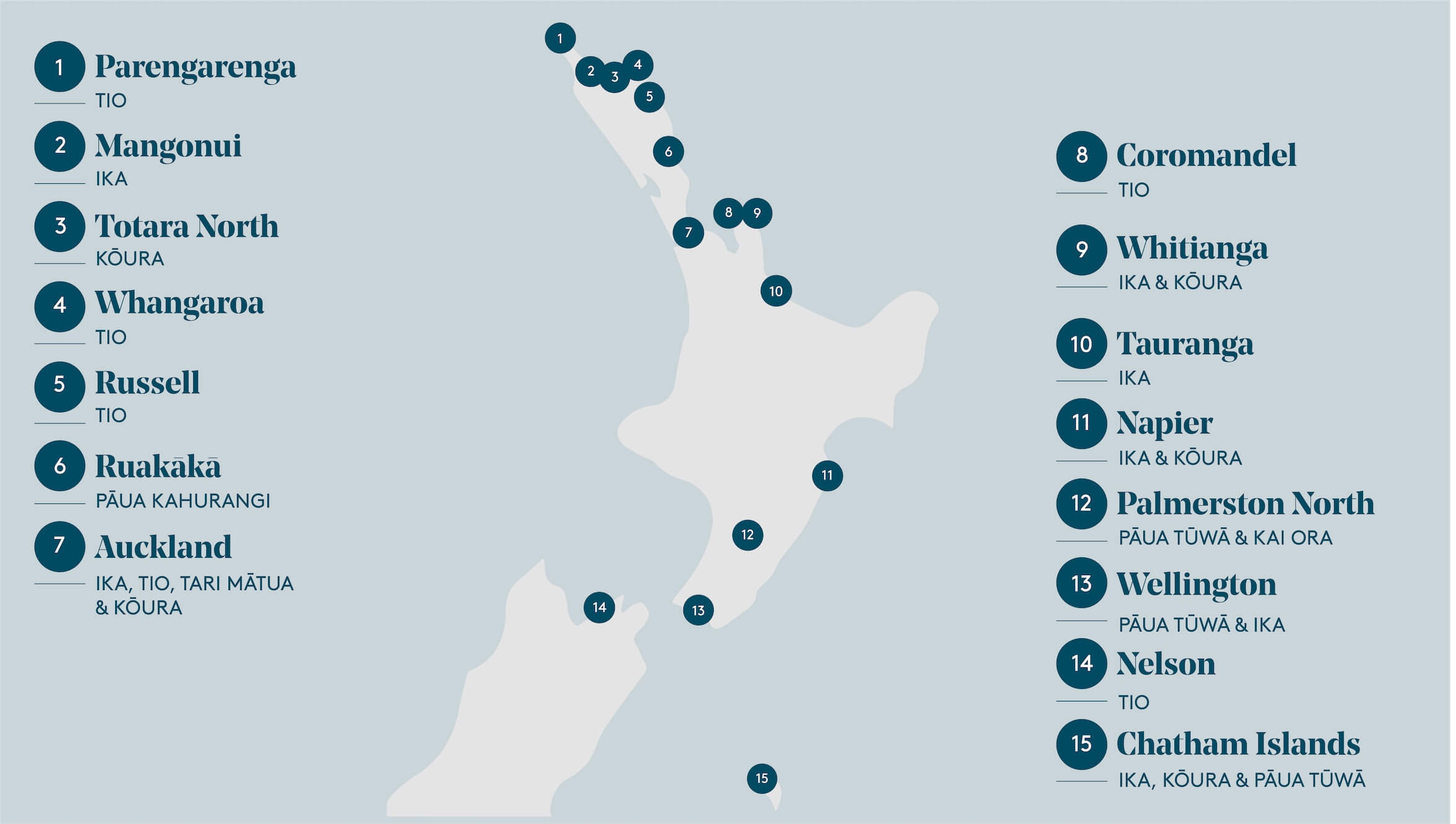
operations map
Harvest - Our products
 Pāua Kahurangi
Pāua Kahurangi
 Pāua Tūwā
Pāua Tūwā
 Kōura
Kōura
 Tio
Tio
 Kai Ora
Kai Ora
 Ika
Ika
Market
North America
China
rest of Asia*
Australia
other**
New Zealand***
**Europe, Pacific Islands and Middle East
***Figures include Lobster ACE sold through Port Nicholson Fisheries partnership
Measuring what matters to our stakeholders
Bi-annually, in line with the integrated reporting framework, Moana New Zealand conducts a materiality assessment to find out what matters most to our stakeholders.
The assessment is designed to inform the business on what stakeholders believe is most important. Materiality assessment is not a measure of performance; instead, it is a strategic process to weight the importance of critical sustainability issues.
This year’s methodology was quite different to other years. With support from Matatihi, we identified the ‘material’ (significant) sustainability issues Moana is facing. Our methods conform to the International Integrated Reporting Council (IIRC) Framework and the Global Reporting Initiative (GRI) Standards. However, we used methodological advancements from the decision science field to improve our accuracy far beyond standard materiality assessment practices.
There were five primary components to our materiality assessment approach:
- Identification of crucial sustainability topics
- Alignment of sustainability topics to Moana’s core values: Manaakitanga Whakatipuranga, Whakapapa, Kaitiakitanga
- Collecting internal and external material weightings using a choice experiment
- Production of a materiality matrix
- Triangulating the findings by broadening the participants
The first stage of our materiality process was determining the relative importance of each of these values to our stakeholders. Figure 1 presents the average priority weighting for the values across all responses. Kaitiakitanga was found to be the most critical value to promote through Moana’s sustainability actions, followed by manaakitanga, whakatipuranga, and finally, whakapapa.
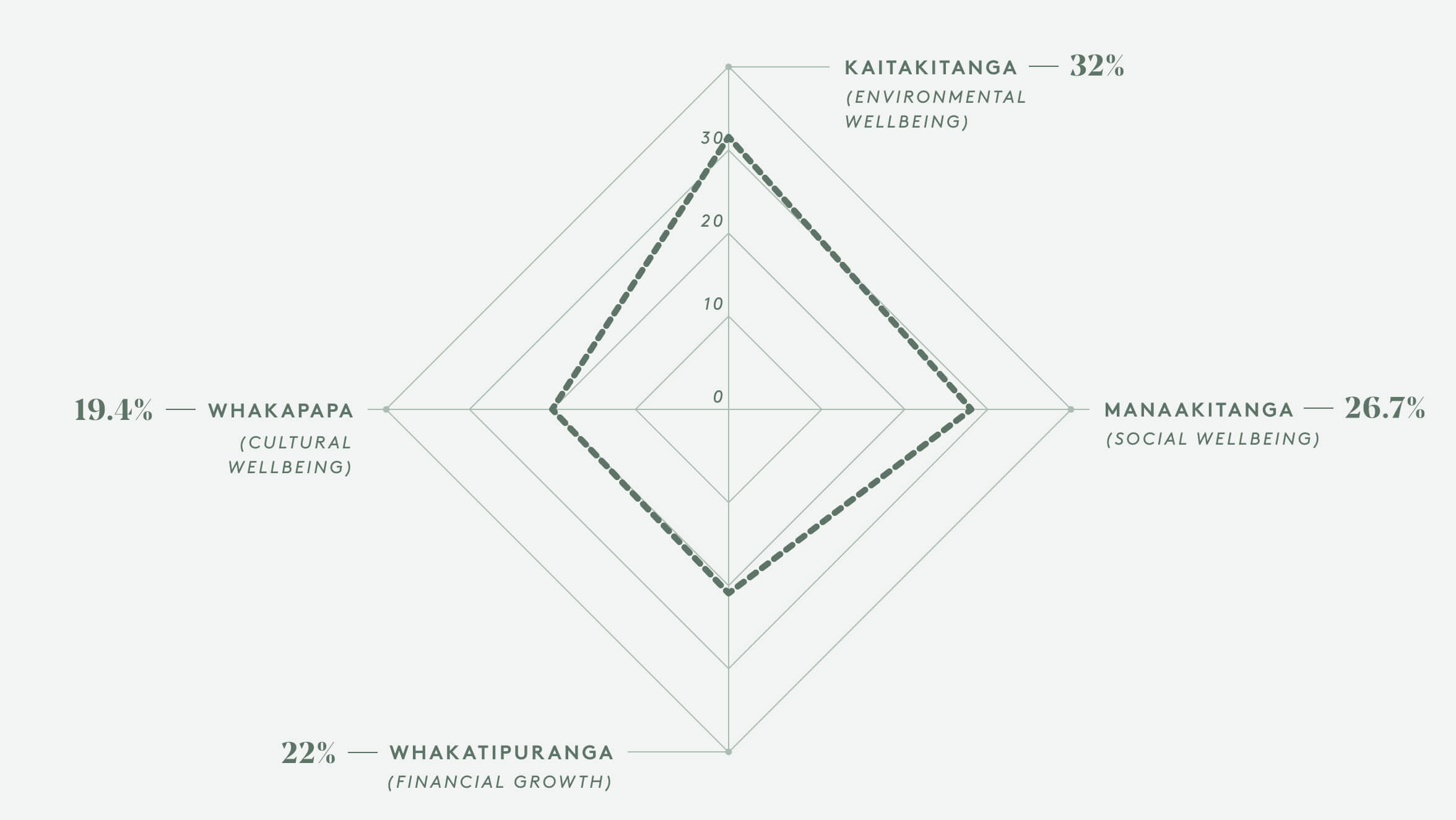
Figure 1: Average priority of four values
The matrix in Figure 2 shows the top results of our internal and external stakeholder materiality assessment. The results are tightly grouped in a line from low to high importance. This grouping signifies a close association between internal and external stakeholder perspectives, a positive finding illustrating common values and aspirations for Moana’s sustainability.
The most material issues comprise a mix of topics, including social issues such as diversity, environmental issues such as healthy fish stocks, and financial issues such as sustainability certifications. Cultural issues did not explicitly appear in the top 12 issues, as shown by Figure 2; however, they are implicit in almost all of the issues and are a core component of addressing topics such as mauri and diversity.
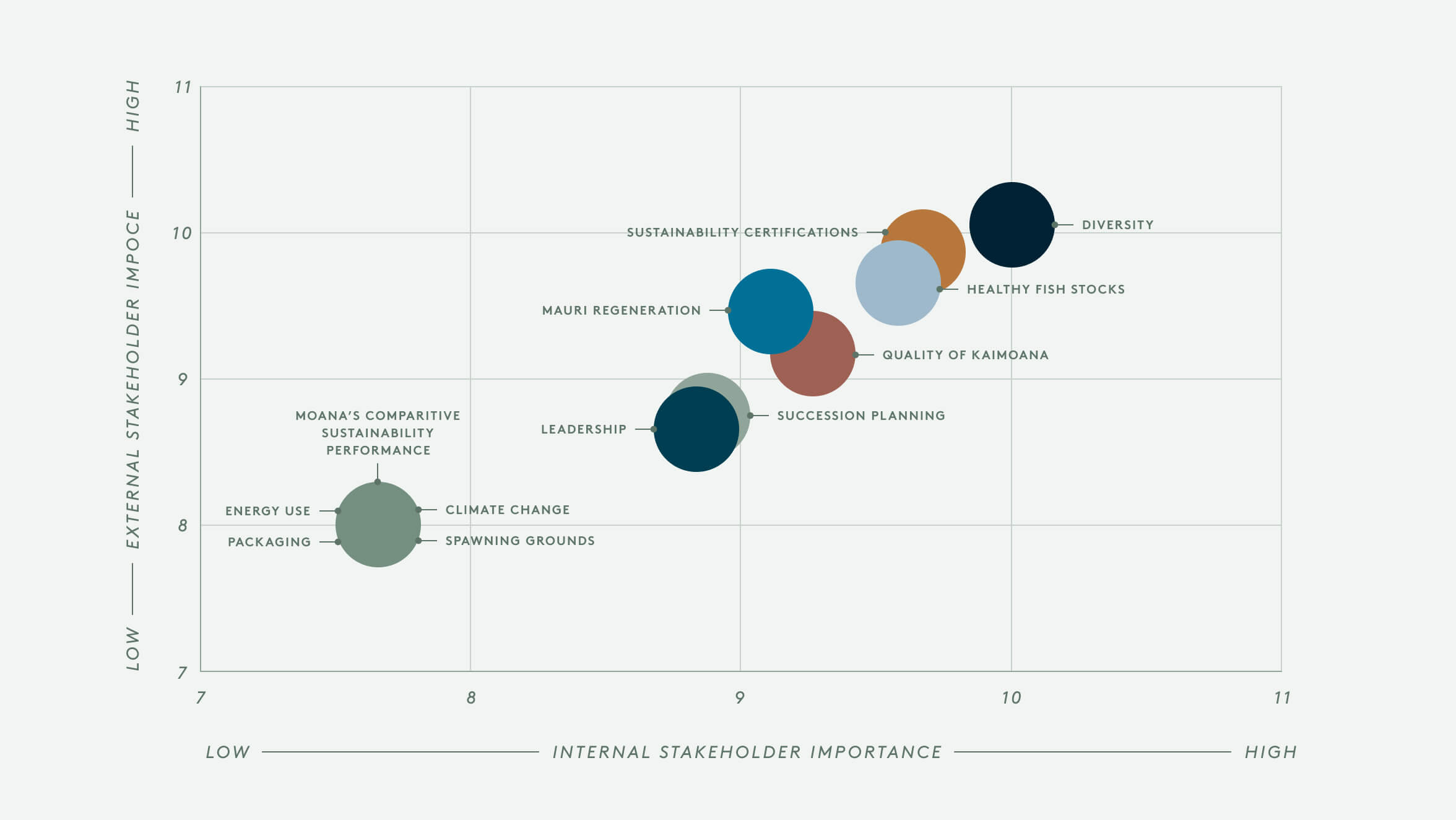
Figure 2: Matrix of top 12 material topics

Dr Jay Whitehead is an economist who combines mātauranga Māori with quantitative decision science methods and behavioural economic theory. Jay has published new methods for materiality assessment in international academic journals and has worked with numerous primary sector, Māori, government, and financial organisations to improve sustainability outcomes


